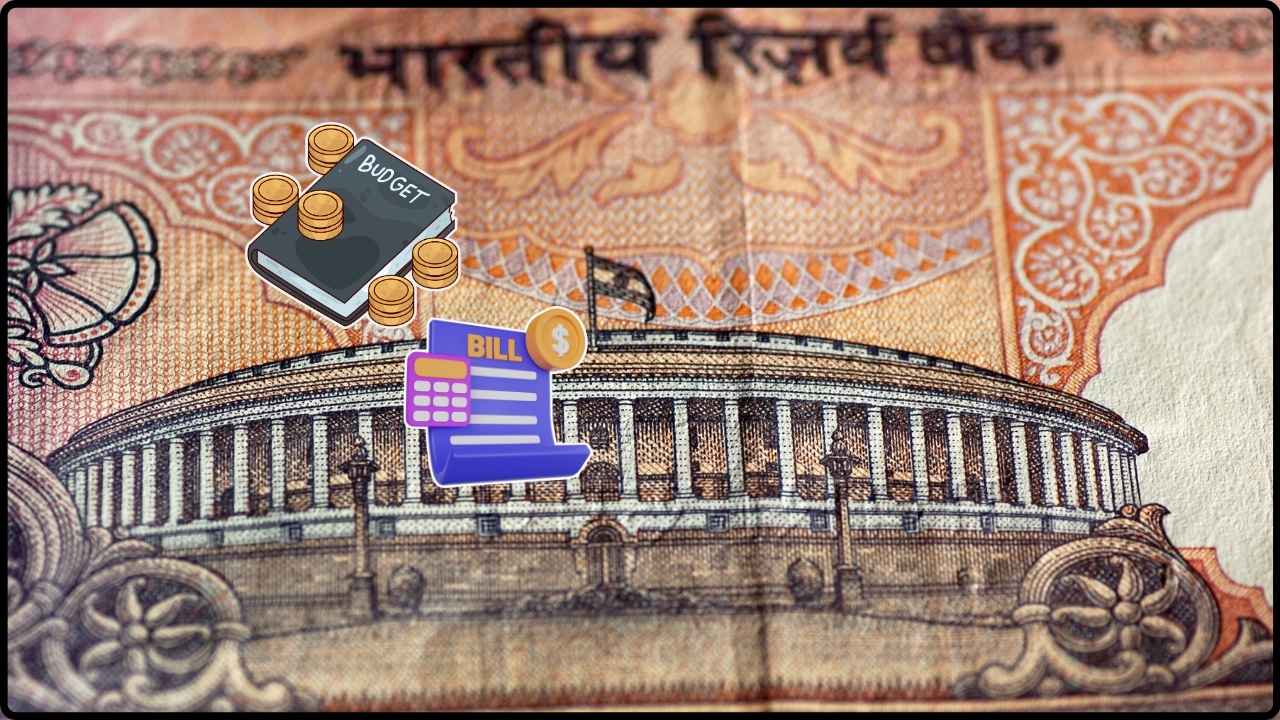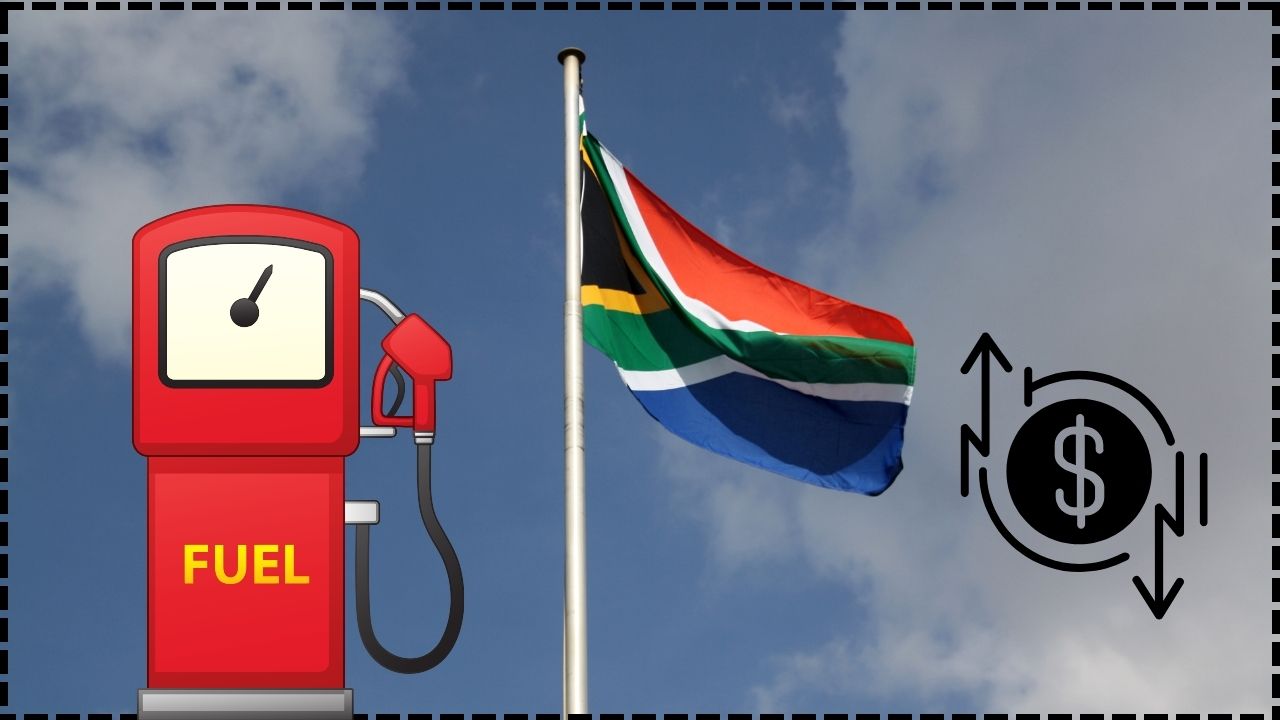India’s GDP to Get Smarter: India’s Ministry of Statistics and Programme Implementation (MoSPI) is set to introduce a new GDP series with a 2022–23 base year in February 2026. This initiative promises to reshape how India measures its economic growth, bringing in new data sources like GST, UPI, and vehicle registration data to improve accuracy and reliability. These changes are crucial in providing an up-to-date and comprehensive view of the country’s economic activity, addressing the gaps left by traditional methods. The new GDP calculations will offer a clearer, more accurate picture of India’s economy, benefiting policymakers, businesses, and economists alike. But how will this new approach impact India’s economy, and what does it mean for the future of economic data? Let’s dive deeper into the details.
India’s GDP to Get Smarter
India is on the brink of an important transformation in how it calculates GDP, and these changes will be beneficial for policymakers, businesses, and the economy at large. By updating the base year and incorporating real-time data from GST, UPI, and vehicle registrations, the government will be able to provide a more accurate and up-to-date picture of economic performance. The new GDP series will not only improve economic planning but also give a more comprehensive view of the informal sector, ensuring that every part of the economy is taken into account.

| Key Points | Details |
|---|---|
| New GDP Base Year | The base year for India’s GDP calculations will change from 2011-12 to 2022-23, ensuring that economic data reflects current trends. |
| Data Sources | The GDP series will now include real-time data from GST, UPI, vehicle registrations, and more. |
| Informal Sector Focus | Data from the informal sector will now be included, offering a fuller picture of India’s economy. |
| Expected Release Date | The new GDP series is set for release in February 2026. |
| Benefits | More accurate GDP estimates will lead to better economic planning, targeted policies, and improved business strategies. |
| Official Sources | MoSPI Official Website |
Introduction to India’s GDP to Get Smarter Overhaul
India’s GDP is one of the most critical indicators of economic health. However, for India to remain competitive on the global stage, its GDP calculations must be updated to keep pace with rapid economic and technological changes. Until now, India has been using a base year of 2011–12 for GDP calculations, which means that a lot of the recent growth in digital services, e-commerce, and the informal sector has not been fully reflected.
This is about to change. The Indian government, through MoSPI, plans to revise the GDP series with a new base year—2022–23. Along with this, MoSPI will include more data sources such as GST records, UPI transaction data, and vehicle registrations. These new data points will not only provide a better representation of the economy but also allow the government to make more accurate predictions about the country’s future growth.
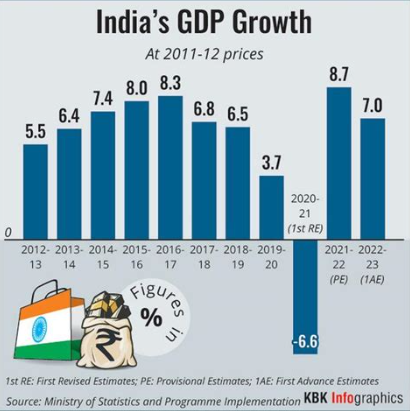
Why Is This Important? The Need for Accuracy in GDP
For any country, GDP is the gold standard for measuring economic health. Policymakers rely on accurate GDP data to make decisions about interest rates, government spending, taxes, and social welfare programs. GDP data also guides businesses and investors in making strategic decisions, such as where to invest or expand operations.
But India’s economy is unique, with a large informal sector that has been hard to track using traditional methods. While official GDP figures have provided a decent picture of economic trends, they’ve often left out key economic activities—especially in sectors like agriculture, street vending, and small-scale manufacturing. By integrating real-time data from digital payment systems like UPI and GST, MoSPI can better account for these informal activities.
What’s Changing in the New GDP Series?
Let’s break down how the changes to the GDP calculation will improve its accuracy:
1. The Base Year Shift: Why It Matters
Shifting the base year from 2011–12 to 2022–23 will bring India’s GDP figures in line with today’s economic realities. The economy has undergone significant transformations in recent years, and the old base year no longer reflects current consumption patterns or production methods.
Example:
Imagine you’re using an old map to navigate a new city. The map doesn’t show new roads, and it might even show roads that no longer exist. Similarly, relying on outdated data makes it hard to see the true picture of how India’s economy has evolved, especially with the rise of digital payments and other innovations. The updated base year will give policymakers, businesses, and economists a much clearer map.
2. Data from GST, UPI, and Vehicle Registrations
The introduction of digital tools and systems like GST, UPI, and the e-Vahan portal will provide real-time data that’s crucial for accurate GDP calculations.
- GST Data: The Goods and Services Tax (GST) system collects information on business transactions, providing a window into production and consumption across the country. This data will allow MoSPI to track economic activity in near real-time.
- UPI Data: UPI is the most popular method of payment in India, processing billions of transactions each month. This wealth of data reflects consumer spending habits, which are vital for GDP calculations.
- Vehicle Registration Data: Vehicle registrations can be an indirect measure of economic activity in the transportation and manufacturing sectors. By tracking registrations through the e-Vahan portal, MoSPI will gain valuable insights into trends in industrial production and infrastructure development.
3. Including the Informal Sector
One of the most significant changes in the new GDP series is the incorporation of data from the informal sector. This sector, which includes everything from street vendors to small-scale workshops, is a major part of India’s economy but has historically been underrepresented in official statistics. By integrating digital payments and GST data, MoSPI can better capture this portion of the economy.
Example:
Think about the small vendors selling fruit or clothing on the streets. In the past, their economic activity might have been ignored because they didn’t operate within the formal, tax-paying sector. Now, with more digital transactions happening through UPI and the adoption of GST, these businesses are better tracked, giving policymakers a more accurate picture of economic activity.
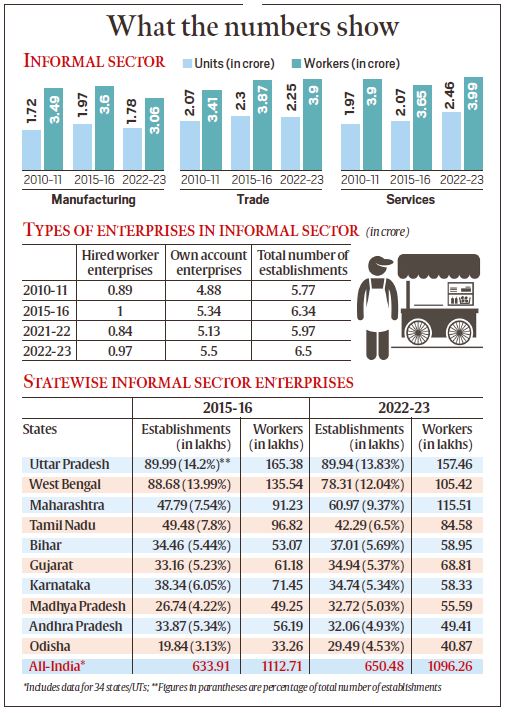
How Will the New GDP Data Help?
The revised GDP series will have a far-reaching impact on various sectors. Let’s break it down:
For Policymakers:
- Better Decision-Making: With more accurate data, policymakers will be able to make better decisions regarding taxes, government spending, and social policies.
- Real-Time Updates: The integration of real-time data from sources like UPI and GST ensures that the economic data is current, making it more actionable.
For Businesses and Investors:
- Accurate Economic Forecasting: Businesses will have a clearer understanding of current market trends, allowing for better strategic planning.
- Improved Targeting: Companies can use the data to target specific regions or industries more effectively, thanks to better insights into consumer spending and industrial trends.
For Economists and Researchers:
- Comprehensive Data: Economists will have access to more granular data, enabling them to analyze economic performance with greater precision.
- Inclusive Growth Measurement: By capturing informal sector data, economists will be able to provide a more inclusive view of the country’s economic growth.
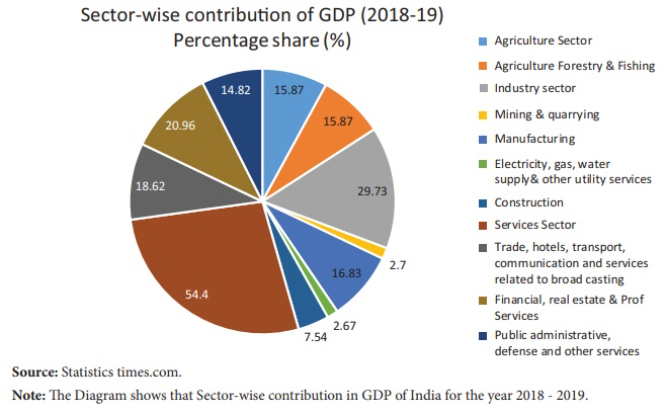
West Bengal’s GST Revenue Soars 12% in July
Businessman Arrested in ₹34 Crore GST Scam — Shocking Details Emerge
Mandatory HSN Code Reporting in GSTR-1/1A: The 2025 GST Compliance Guide You Can’t Miss


